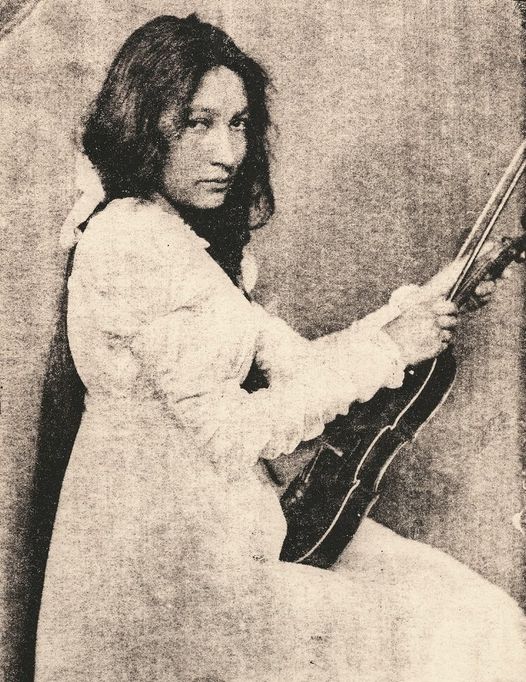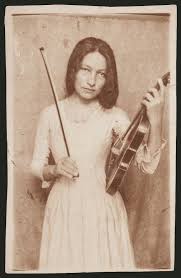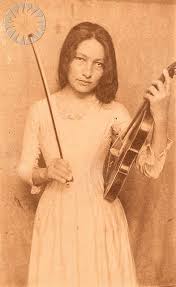She Brought Native American Stories To US All
Zitkála-Šá, also known as Gertrude Simmons, was a Yankton Dakota woman who lived during the late 19th and early 20th centuries. Born on February 22, 1876, on the Yankton Indian Reservation in South Dakota, her life was marked by the clash of her Native American heritage and the dominant white culture of her time.
During the first eight years of her life, Zitkála-Šá described her experience on the reservation as happy and secure. However, in 1884, missionaries arrived with the intention of “saving” the children. As part of their efforts, Zitkála-Šá was sent to the White’s Indiana Manual Labor Institute, a Quaker institution that aimed to assimilate Native American children into white society. At the school, she was given the name Gertrude Simmons and was required to conform to Quaker customs and practices.
Zitkála-Šá’s time at the institute was marked by a profound internal conflict between her native identity and the dominant white culture. She experienced the sorrow of being separated from her mother, but also found joy in learning to read, write, and play the violin. Despite the challenges, she excelled academically and discovered her talent for public speaking and music.
In 1887, Zitkála-Šá briefly returned to the Yankton Reservation but decided to pursue further education. She returned to the institute and continued her studies while teaching music. In 1895, she graduated and delivered a speech addressing women’s inequality, which received praise in local newspapers.
Zitkála-Šá earned a scholarship to attend Earlham College in Indiana in 1895. During her time in college, she continued to give public speeches and even translated Native American legends into Latin and English for children. However, just weeks before her graduation, she had to drop out due to financial constraints.
Following her college experience, Zitkála-Šá used her musical talents to support herself. From 1897 to 1899, she played the violin with the New England Conservatory of Music in Boston. She later took a teaching position at the Carlisle Indian Industrial School in Pennsylvania, where she also engaged in debates on the treatment of Native Americans. Her outspokenness against the school’s rigid assimilation policies led to her dismissal in 1901.
Concerned about her mother’s health, Zitkála-Šá returned to the reservation and began collecting and translating the stories of her people into English. In 1901, she published a collection of these stories titled “Old Indian Legends” with Ginn and Company. She also worked at the Bureau of Indian Affairs for financial support.
In 1902, Zitkála-Šá met and married Captain Raymond Bonnin, a mixed-race Nakota man. The couple moved to the Uintah-Ouray Reservation in Utah, where they lived for 14 years. During this time, Zitkála-Šá collaborated with William F. Hanson, a composer at Brigham Young University, to create “The Sun Dance,” the first opera co-written by a Native American. The opera explored Ute and Yankton Dakota cultures and premiered in 1913.
From 1902 to 1916, Zitkála-Šá wrote several articles about her life and Native American legends for magazines such as Atlantic Monthly and Harper’s Monthly. These publications had primarily white readership, and her works served as both autobiography and political and social commentary. She grew increasingly frustrated with the Bureau of Indian Affairs, which eventually led to her and her husband’s
In 1916, the couple moved to Washington D.C., where Zitkála-Šá served as the secretary of the Society of the American Indian. In 1926, she founded the National Council of American Indians, an organization that worked to improve the treatment and lives of Native Americans. By 1928, she was an advisor to the Meriam Commission, which would lead to several improvements in how the Federal Government treated native peoples.
Zitkála-Šá continued writing, and her books and essays became more political in such works as American Indian Stories (1921) and “Oklahoma’s Poor Rich Indians,” published in 1923 by the Indian Rights Association. She spoke out for Indian’s rights and women’s rights up until her death in 1938 at the age of 61.
Hits: 18







